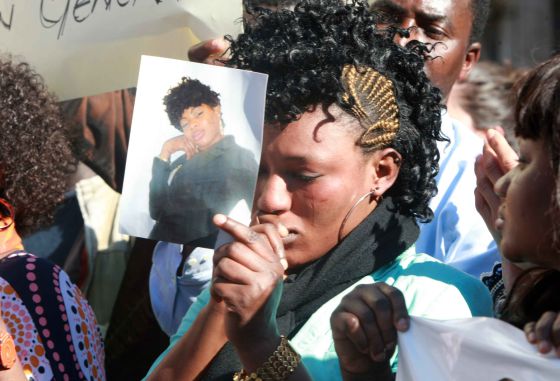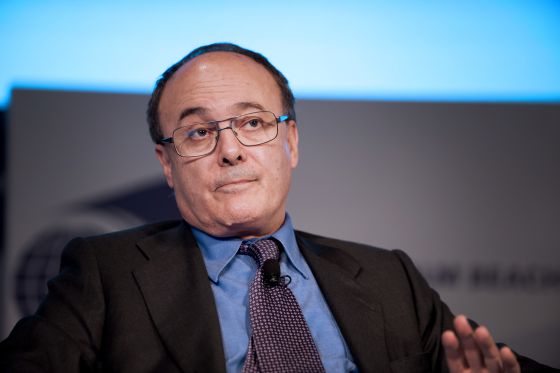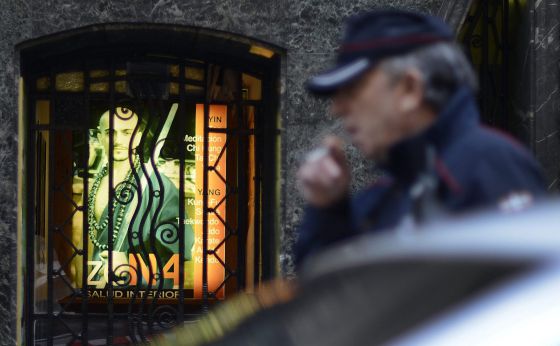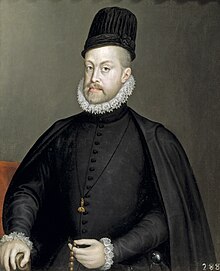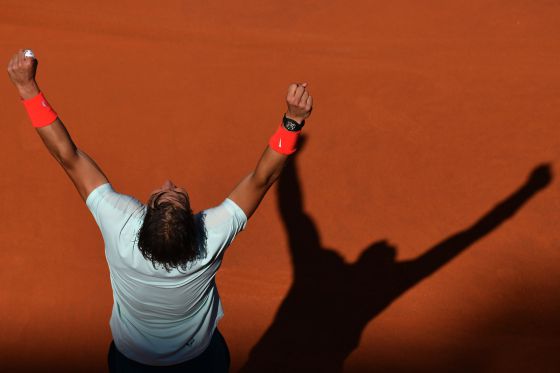Silence rules the Bilbao streets after kung fu prostitute murders
The violence and the threats come with the job. The prostitutes try not to talk about them, as though the 30 euros their clients pay for their services included the right to be abusive. Everything gets even more complicated if the woman in question has no residency papers and is scared of being deported.
It is not easy to find anyone willing to talk on Bilbao's Calle de las Cortes in the same month that news broke about the murder of two prostitutes by phony kung fu master Juan Carlos Aguilar. Discretion rules the streets. They are scared, very scared, and they trust no one.
E., a 40-year-old woman from Latin America and mother of two teenage children back home, did trust someone once. But it was the wrong person. She borrowed 4,000 euros from someone she calls a "lender," who helps women get across the Atlantic, promising them a land of plenty where they would soon find a job.
"Several acquaintances came to Spain through her and found jobs caring for elderly people and making around 1,000 euros a month," she says.
She, however, has not had such luck: in four months "nothing has turned up" and now she works as a prostitute in Bilbao to return the loan within the next two months - otherwise this "lender" is threatening to take her mortgaged home back in her country.
"If I had the money, I would leave tomorrow morning. That's why I'm here, because it's fast cash," she says.
E.'s case is just one of many similar stories. Askabide, the association that works to bring prostitutes back into the fold of society, is only too aware of the vulnerable situation of these women. The association's offices are located just a few steps away from Calle de las Cortes, and its chief, Miriam Arias, states the obvious: "If it is hard enough for us to report certain situations despite having a family, support and our papers in order, how can you expect them to do so in their situation? We make it clear that they have the right to report assaults to the police, but they still don't, out of fear."
Although they come into the offices for different reasons - information, a blood test, a cup of coffee with friends - the prostitutes are largely young immigrant women with relatives to support back home.
"Nothing is static in this life," says Arias.
"I've been at Askabide for 20 years. When I first joined, most [of the prostitutes] were Spanish, and now they're mostly foreigners, although there's still a bit of everything."
Despite the generalized notion that most foreign street workers are here illegally, some have all their papers in order. It's the other side of the coin: they have no debts to repay, and are in this for their own sake. V., a Brazilian who is over 40, is one such woman. She works to support her son, who lives back in Brazil, "and for my little whims, and to pay the 900-euro rent on my apartment."
When she got to Bilbao from Asturias two years ago, she had practically nothing. On her first week, a client stole her new cellphone and 80 euros.And yes, she reported it to the police.
"I am lucky to be able to tell the story, because you never know who you're dealing with," she says.
"You have to be astute, and report abuse. I would do it again, although I understand the undocumented girls who don't."
Arias confirms it: "They are highly exposed to violence, and many do not have their residency permit. It's a difficult hurdle to overcome."
